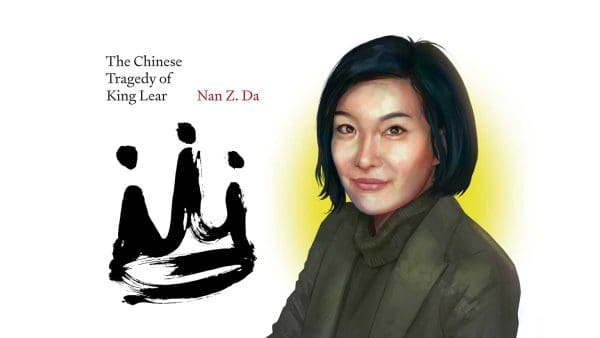
Following decades of agitation and protest, women in the United States and most of Europe secured voting rights in the first decade of the 20th century. What happened next has become a hot topic of debate in the social sciences. Early inquiries argued that women were “apathetic, ineffective, and largely conservative,” says Dawn Teele, associate professor of political science at the SNF Agora Institute. But she posits in new research that these ideas are myths.
During the first part of the 20th century, politicians, pundits, and scholars believed that women’s isolation from the formal work force, along with family life and religiosity, kept many women home from the polls or tied those that did vote to conservative causes and parties. This indictment about the first women voters, Teele argues, was based on “really rudimentary analytical techniques” and ideological interpretation of bad analyses. They produced what Teele describes as the classic narrative about women in politics that was picked up and reiterated in the canonical works of political behavior that emerged 40 years later.
Using data science to reveal truth
Teele’s current research, an extensive data collection project that mines archival records of historical elections, aims to use data science tools to reveal the truth about the first women to exercise the right to vote. With the help of Python-aided transcription and digitization techniques, Teele has digitized a trove of information, including thousands of pages of hand-written electoral records, which recorded turnout and partisan vote choice separately for men and women in Sweden, Norway, Chile, Argentina, and Australia.
Through granular analysis of voting behavior, Teele has shown that women’s rates of turnout were very high in cities, countries that used Proportional Electoral rules, and those that made voting compulsory. The United States, with its majoritarian electoral rules and low competition, emerges as an exception rather than a rule. Whereas both women and men turned out at low rates in the 1920s U.S. context—especially in areas with low political competition—women in other parts of the world voted enthusiastically and often.

[W]hen a group has been told their impact in politics doesn’t matter or wasn’t important, I think that can become a self-reinforcing stigma.”
Dawn Teele
The impact of electoral institutions
For Teele, the big takeaway is that electoral institutions, and not gender per se, mediated the relationship between women and electoral politics. When electoral institutions incentivized parties to take women’s votes seriously, women rose to the challenge and turned out in high numbers. Even more importantly, in cities, which were hotbeds of social democratic mobilization, women often formed the largest group of voters. This means that the roots of social democracy can also be tied back to women’s early political participation.
The implications for today loom large. First, women have not always been conservative voters, and have used their votes to advocate for a larger social safety net that pushed countries on the road to higher growth and more equality. Second, Teele argues that revising our notion of the past is “not just a matter of getting the past ‘right.’ Indeed, when a group has been told their impact in politics didn’t matter or wasn’t important, I think that can become a self-reinforcing stigma.” Knowing how political mobilization has worked in the past can help us to see new political futures today.




